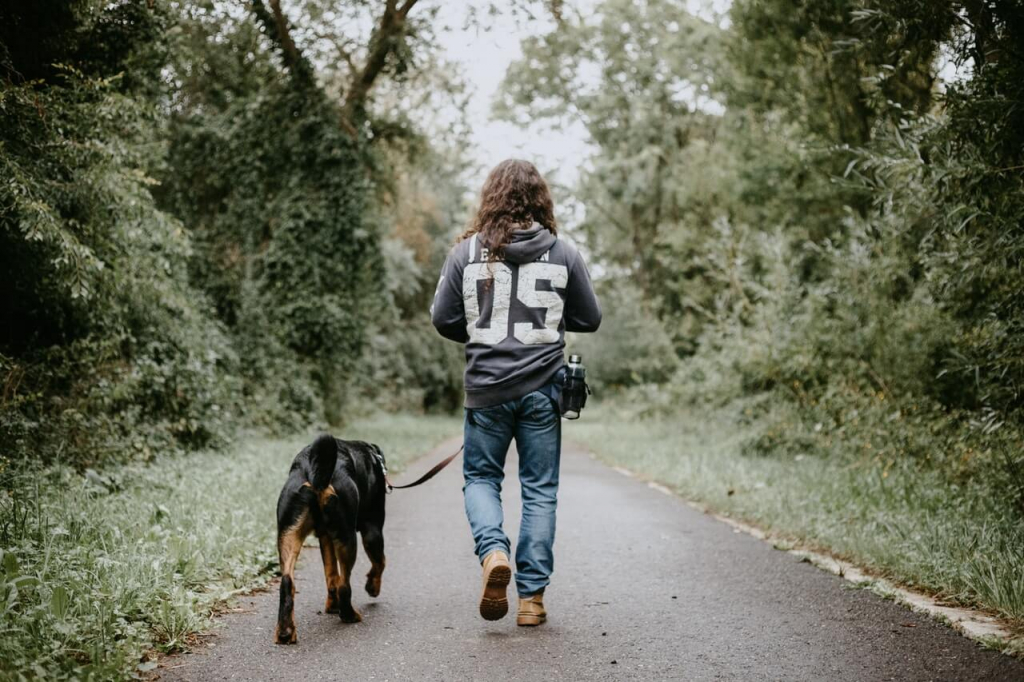One of the reasons why landlords allow dogs in their rental units is to increase demand because a lot of tenants are dog owners.
However, as a landlord, you have to be aware that there is an added liability on your part if you accommodate canine pets in your property.
Aside from the possibility that they can harbor pests and make loud noises, one of the most significant risks you are taking is the likelihood that they will bite other tenants.

Most of the time, the tenant who owns the dog is liable if their pet bites another person or cause any harm of sort, for that matter. As a pet owner, he should be responsible enough to train his dogs to have good behavior.
However, there are circumstances when a landlord could also be liable for dog bites if the incident happened within his property. Of course, determining a landlord’s liability in such scenarios will be based on state laws, which could vary.
Awareness of the dog’s aggressive behavior
If the landlord had prior knowledge that the dog was exhibiting aggressive behavior towards humans, he could be held partially liable.
As a landlord with a duty to provide a safe living environment to his tenants, it is his responsibility to remove a dog who poses a threat to others.
For instance, a tenant submits a complaint to the landlord because another tenant’s dog attempted to attack him in the hallway. After verifying that the claim was authentic and the landlord failed to remove the animal from the property, he will be partially liable if the dog attacks a tenant in the future.

Determining the liability of the landlord relies on his ability to remove the aggressive pet.
• Failure to legally remove the animal
If a landlord tried to lawfully evict the tenant and his pet for the sake of his other tenants’ safety, but the court deemed it unfair or unnecessary based on state laws or your lease agreement, the landlord will no longer be liable.
However, he should inform other tenants about the court ruling and the dog’s continued residence in the property. Putting up warning signs would also remind tenants to take caution.
• Non-removal of the animal by choice
If there is no legal hindrance to remove the animal, but the landlord doesn’t, then he will be liable if a tenant gets bitten.
For instance, the pet policy in the lease agreement specifically stated that a if pet displays vicious behavior, it would automatically lead to the animal’s removal from the property. Failing to enforce the policy is considered negligence. Negligence and liability often come hand in hand.
The landlord harbored the animal.
If the landlord helps take care of the dog, e.g., feeding and walking, then he shares the liability with the actual owner, as a de facto owner. He becomes responsible for the dog’s behavior, so if the dog bites someone, then he would have to deal with the consequences as well.

When marketing your properties as pet-friendly, you could mention it on your Padleads listing so that you will attract more tenants. However, before doing so, make sure you understand the risks you are taking and put up preventive measures so that you will not get in trouble.